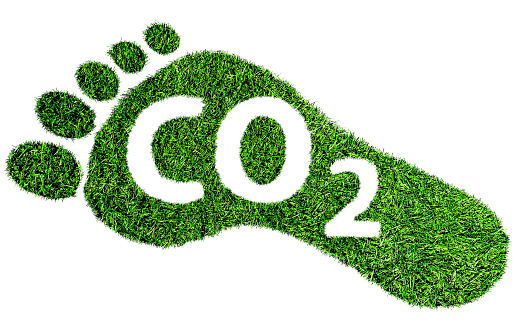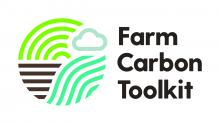The National Inventory of Greenhouse Gas emissions is used for country level reporting using IPCC approach. The Carbon Disclosure Project is a main reporting body.
The standard methodologies for footprinting typically follow PAS 2050 or GHG Protocol guidance.
Some of the most widely used carbon footprinting tools for farms and products in agriculture in the UK are:
- Cool Farm Tool from the Cool Farm Alliance
- Agrecalc by SRUC
- The Farm Carbon Calculator from Farm Carbon Toolkit.
- Sandy from Trinity Agtech
ADAS is now running YEN Zero to calculate, compare and improve GHG intensities from cropping. ADAS has also launched HortZero for horticulture.
Share your experiences with Carbon Calculator tools in the comments below.












Discussion
It is surprising that the calculators do not appear to have adopted some of the basics such as the UK tier three calculation for nitrogen fertiliser emissions. Is there a reason for this? It makes a big difference and along with the out of date global warming factors means that there is a risk of suboptimum investment decisions.
As others say if you cannot measure accurately the quality of the decision making will be poor.